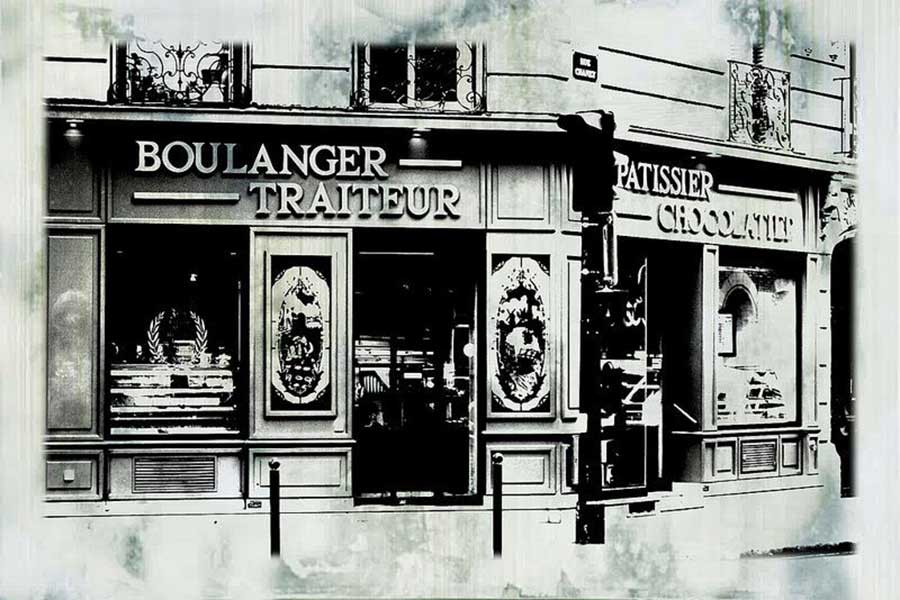Fine dining has been a pinnacle of the food industry for generations – it’s hard to imagine a world without Michelin-starred restaurants and hatted chefs expressing their creativity on the dining table. But fine dining itself is a relatively modern concept, the evolution of which is an intriguing tale shaped by historical events and characters who remain influential today.
When did people first start eating for fun rather than survival? How did restaurants come to exist, and what did they look like in their early days? When did waiters step into the picture? If you’ve ever found yourself asking these questions, read on for the history of fine dining and a peek into its future.
The world’s first à la carte restaurant
It’s no surprise that the world’s first restaurant appeared in Paris. It all started in 1765 when a man named A. Boulanger opened a business selling a range of soups and broths. He named his shop after the nutritive benefits of the soups he was selling – a restaurant, which in French means ‘to restore’.
Boulanger’s restaurant was the first eatery that offered a menu with a range of dishes to choose from. This was the world’s first à la carte restaurant: prior to Boulanger, people would eat whatever was on offer with no options to choose from. After this first restaurant, menu-driven eateries spread rapidly around Europe. Naturally, they all took on the name restaurant, which is now almost universally used to describe an eating establishment.
The first fine dining restaurant
In 1782, the world’s first fine dining restaurant opened in Paris, a luxurious establishment called La Grande Taverne de Lourdes. The owner, Antoine Beauvilliers, is credited as being the first person who combined the four essentials of dining:
- Smart waiters,
- An elegant room,
- A choice cellar, and
- Superior cooking.
And with that, we have the four basic principles that paved the way for all fine dining restaurants to come.
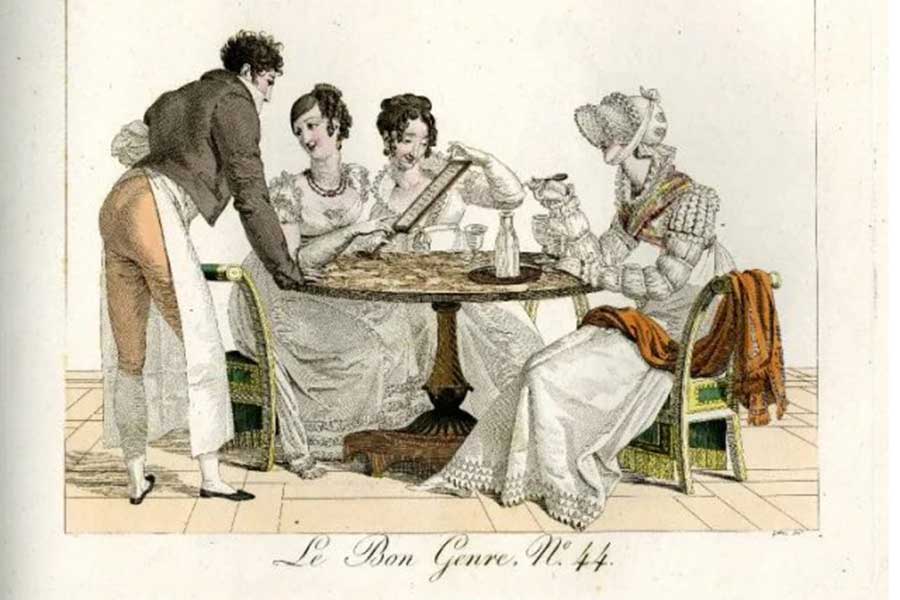
The impact of the French revolution on dining
This is where history starts to weave its influence. In 1789, the culinary world experienced drastic changes after the French revolution. After the fall of the aristocracy, there was an enormous amount of unemployed chefs and cooks looking for work. Those who once cooked exclusively in the estates of the rich and elite were now opening their own restaurants where the general public could wine and dine.

Everyone wanted to enjoy the previously unattainable luxury of gourmet foods, vintage wines, professional service, and elegant settings. By 1804, Paris had 500 restaurants fulfilling those fantasies for the general public, allowing them to dine like royalty for the first time in their lives. Were it not for the French revolution, fine dining restaurants may never have existed in the way we know it.
Urbain-Dubois, Escoffier, and fine dining
You cannot speak about fine dining without mentioning Auguste Escoffier, a man who transformed restaurants into what we know them to be today. But before we get into Escoffier’s legacy, let’s introduce a chef named Felix Urbain-Dubois.
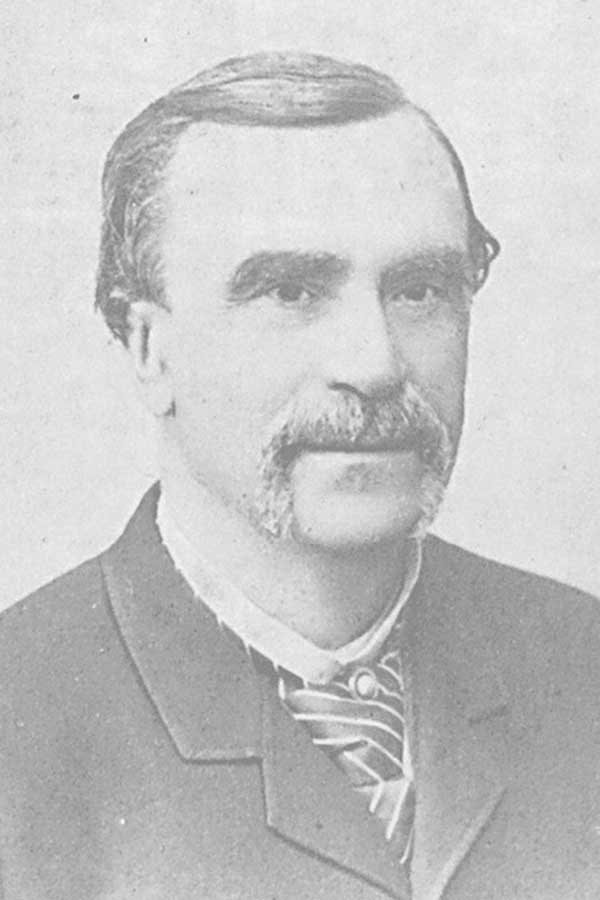
Felix Urbain-Dubois introduced Russian table service to France in 1869. This was the first instance of courses being served sequentially and individually to each guest with the food portioned out on the plate. Prior to that, multiple courses were served at once and laid out on the table for guests to help themselves. This practice remains an integral aspect of fine dining today.
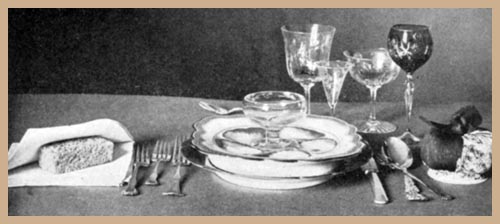
Many of the other principles of fine dining we can attribute to Escoffier, who refined and modified almost all aspects of dining. He shortened menus, accelerated service, and divided the kitchen team into sections dedicated to different duties (chef, sous chef, meat, fish, appetisers, pastry cooks, etc.)
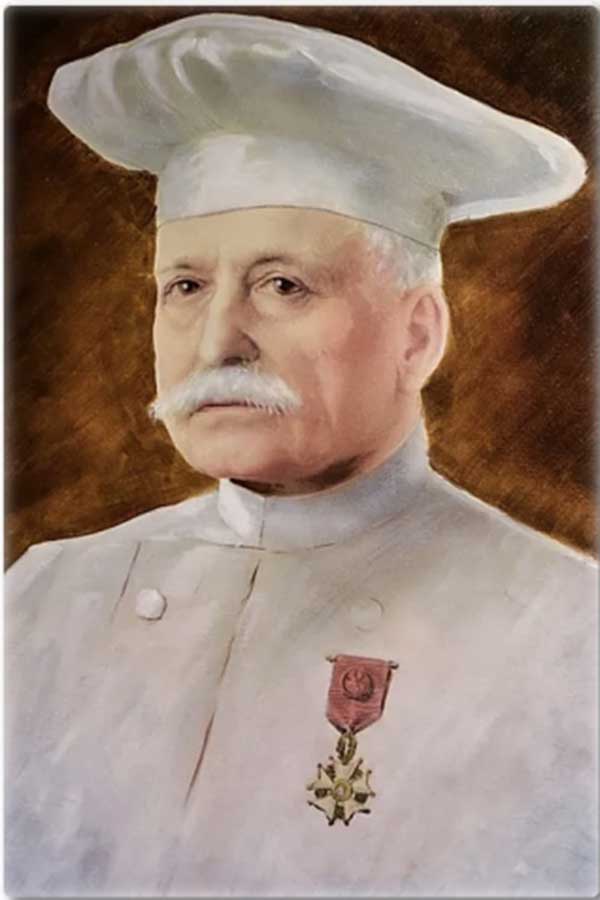
Escoffier is credited as being the father of haute cuisine. His motto of ‘keep it simple’ emphasised minimalism and focused on seasonal ingredients, less dishes served during a meal, and lighter sauces that didn’t overpower other flavours. And when he teamed up with Cesar Ritz, the French model of fine dining took the world by storm.
French fine dining spreads around the globe
Cesar Ritz was an influential developer who worked in hotels. When he met Escoffier, the two hit it off and opened an extremely successful restaurant in Germany before taking their dining concept to London, where fine dining was still lacking. Ritz and Escoffier popularised the art of dining in London with a suave, sophisticated, and international restaurant that drew in travellers and elite patrons. The population was hooked on their excellent service, elegant settings, delicious food, and impressive wine pairings.
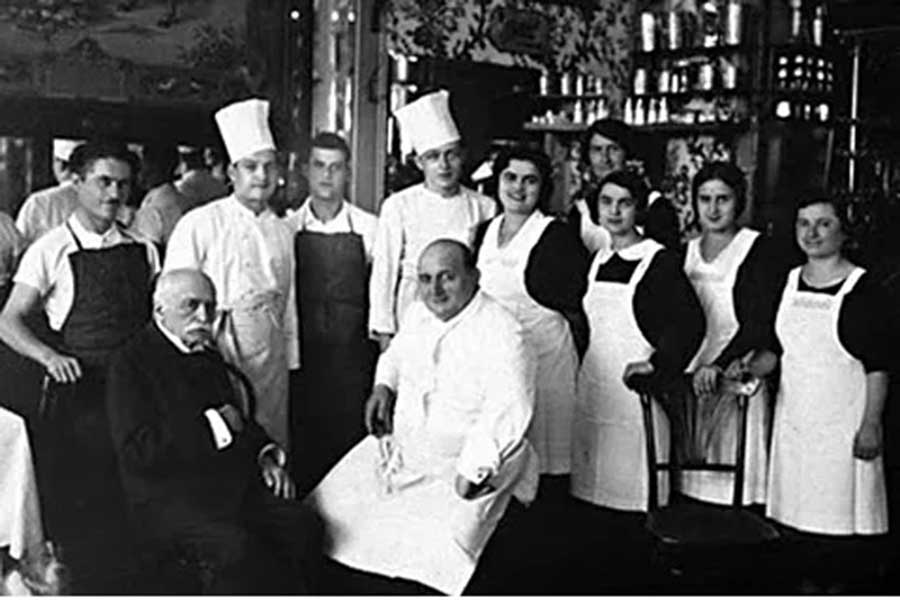
With that success, the concept of French dining continued to spread across Europe, taking on the preferences of different cultures and customers in each new locale. From there, fine dining was unstoppable, expanding to large urban populations where people had extra disposable income that could be spent on luxurious dining experiences.
The Michelin guide and fine dining
Just like Escoffier, you cannot talk about fine dining without mentioning the Michelin Guide. In 1900, the first Michelin Guide was published as a way to motivate consumers to travel further distances by car so that they could buy more Michelin tyres. The guide cleverly published a list of restaurant recommendations that were worth the travel, distinguishing fine dining restaurants from others. Michelin Guides assessed the ambience, flavour, and all round experience of dining at different establishments, including the creativity of dishes and skillset of the chef.
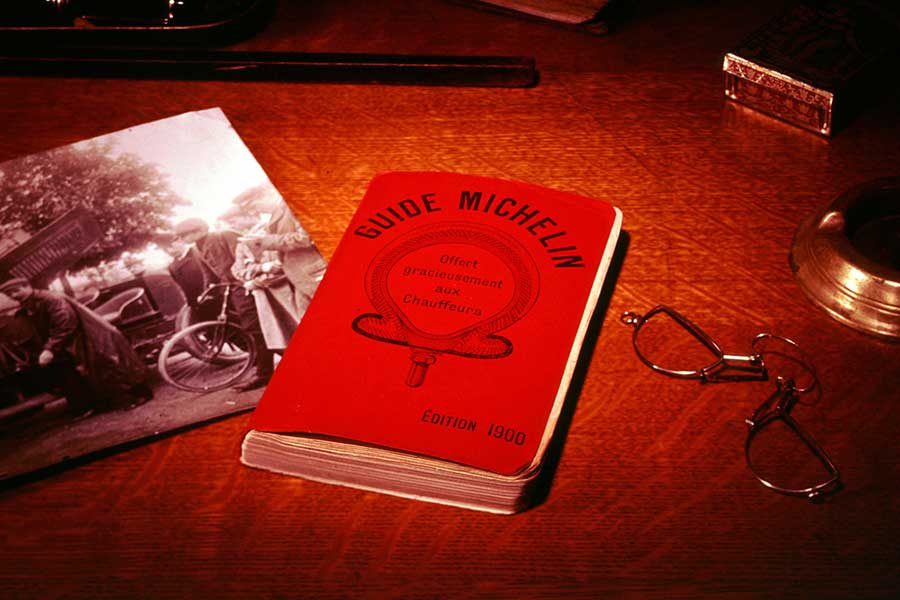
The Michelin Guides were a hit, and today, the Michelin Guide rating system is the most prized award for chefs and restaurants. Michelin stars are not easy to receive, and restaurants will specifically try to evolve and grow so that they can have the prestige and honour of being starred.
The impact of COVID-19 on fine dining
Since their initial spread across Europe, fine dining restaurants experienced year-on-year growth until their first major disruption – COVID-19.
When the pandemic first hit in March 2020, restaurants all across the world were forced to close their doors to prevent the spread of disease. Some restaurants adapted and continued to survive by offering takeaway or delivery options, however that wasn’t always an option available for fine dining restaurants, where service and setting played a major part in the experience. Many of the world’s most-loved restaurants couldn’t survive the pandemic and had to shut their doors for good.
When restaurants reopened, dining wasn’t the same. Many people still felt uncomfortable eating inside restaurants and social distancing rules meant that some restaurants couldn’t accommodate the same number of guests as before. Until now, the future of fine dining remains uncertain as the world transitions into a new state of being.

The future of fine dining
The question on many foodie’s lips is, what does the future of fine dining look like? People still want to enjoy luxurious dining experiences, especially after having spent so long trapped at home and unable to travel. But cities seem to be going in and out of lockdown and creating an unpredictable atmosphere, particularly when it comes to planning getaways, experiences, or special events. Fine dining needs to adapt to these new changes – and in one sense, it has already adapted.
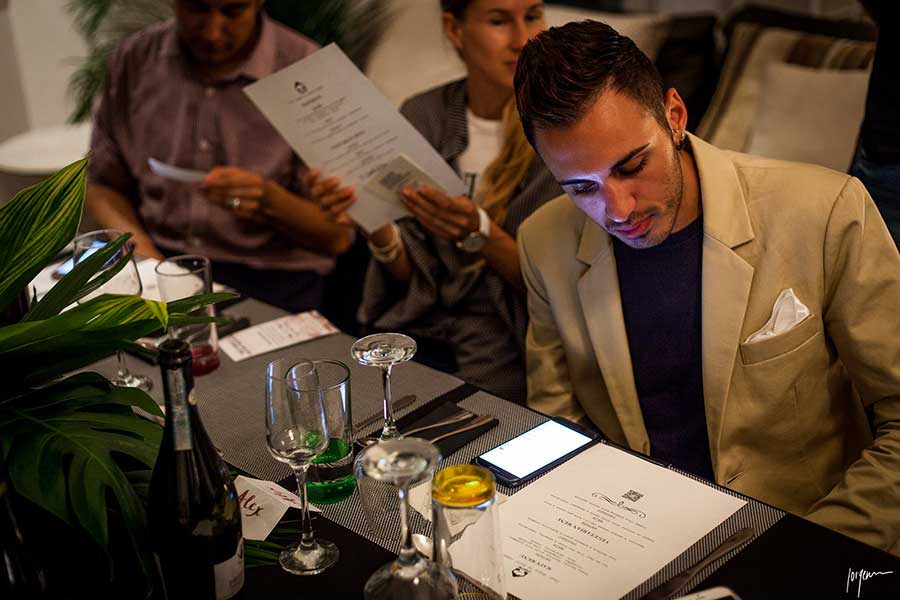
The concept of fine dining at home has, until now, been reserved for celebrities and the elusive elite. But after COVID-19, the concept of having a chef cook for you in your home is becoming more popular amongst the general public. People are craving luxurious experiences, they want intimate connections with their friends and family, and they’re less interested in sitting in a noisy, crowded restaurant. They want the certainty of planning an elegant dining experience for special occasions and events without the worry of cancellations due to lockdowns or restrictions. And fine dining at home ticks all of those boxes.
Fine dining at home
The future of fine dining is flexible dining experiences that cater to your personal tastes and needs. It’s having access to a renowned chef who can focus on creating magnificent dishes without the stress of being in a commercial kitchen. It’s being able to build connections and memories with your chef as they cook for you in your home and tailor menus to appeal to your preferences. As many other industries are becoming hyper-personalised, fine dining will follow suit by allowing individuals to access unique dining experiences in their own homes.
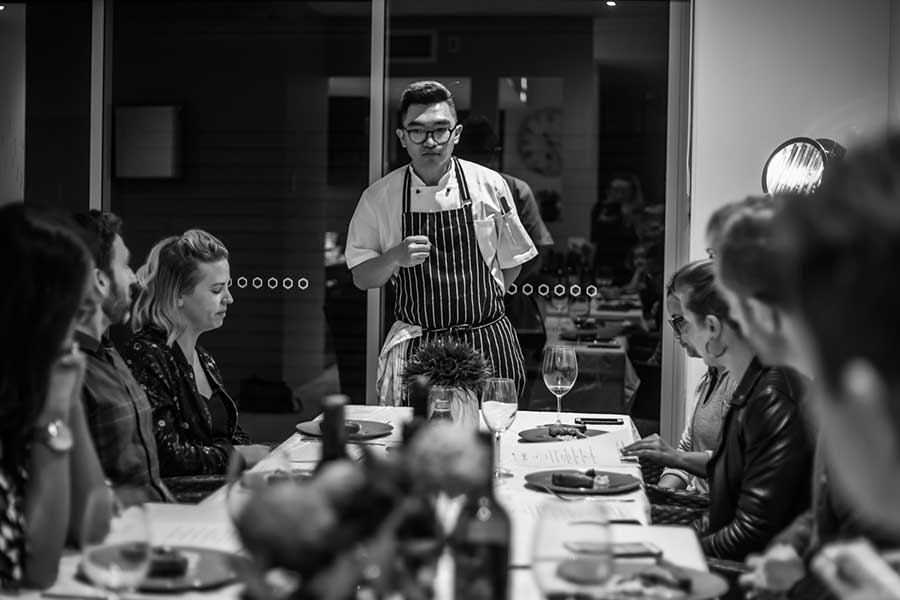
We’re already doing it here at CHEFIN, with a team of incredibly talented private chefs creating unique dining experiences in people’s homes. From special occasions and events to intimate dinner parties and laid-back family gatherings, fine dining at home is a new way to enjoy a luxurious experience while connecting with your loved ones. It’s the future of fine dining.
